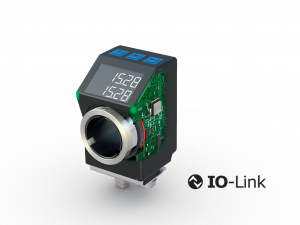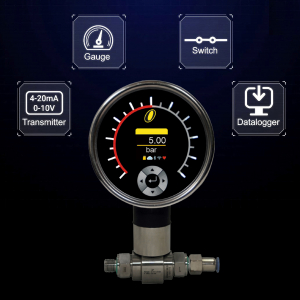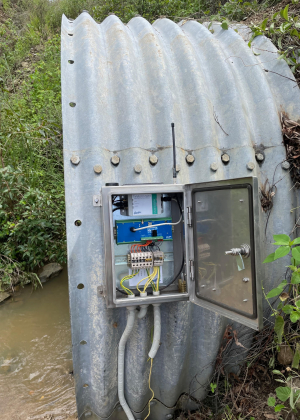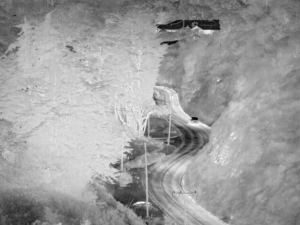Why is calibration of your instruments so important?
resized.jpg)
According to BEKO TECHNOLOGIES, calibration of your instruments is very important. The main reasons for this are to ensure the reliability of the instrument, that it can be trusted and to determine the accuracy of the instrument and to ensure the readings are consistent with other measurements. Considering the costs arising from legal action for damages that might be filed against you, the expenses for proper calibration and adjustment are minor in comparison.
Companies who take their responsibility seriously and wish to establish long-term business relationships therefore need to calibrate their equipment regularly. It could also void your warranty if your instrument is not calibrated.
No quantitative data – no quality assurance
Accurate measuring is probably the most effective way of averting costly repairs or even claims for damages. This applies in particular in the context of international standards for quality management systems (e.g. ISO 9000 ff., HACCP), and also with regard to claims based on product liability legislation.
Calibration and adjustment
A measurement error is the difference between a measured value of quantity and its true value. Such errors tend to become more frequent the longer a device is in operation. At some time, the deviations might be so great that they are no longer within the specifications, which means that quality is no longer assured. By calibrating the device, the measurement error can be determined and documented. If the measurements are outside the permissible range, the device needs to be adjusted. In this process, the measuring instrument is reconfigured so that measurement errors are minimised and deviations from the setpoint value are within the device specifications.
One-point or multiple-point calibration?
One-point calibration is sufficient for quality assurance under static operating conditions. Compressed air systems are however generally run under constantly changing, dynamic ambient and operating conditions, which cause the quality of the compressed air to fluctuate within the measuring range and between the system-defined limits (such as those of the compressed air quality classes according to ISO 8573.1). To accurately capture the values across the entire operating range, multiple-point calibration is therefore simply a must, although it is a much more time-consuming and costly task.
Five-point calibration as manufacturer standard
BEKO TECHNOLOGIES takes its slogan 'Better through Responsibility' seriously and therefore has adopted five-point calibration as the standard method for its measuring devices and sensors. Furthermore, all adjustments that are required based on the calibration results are covered by the calibration flat charge. While five-point calibration is more time-consuming and expensive, it has proven the most effective approach to protect compressed air system operators against costly claims for damages. All calibration procedures are performed on a standardised test bench and customers obtain a detailed report of the five-point factory calibration results. The company can also execute more calibration points. Furthermore, specific customer calibration such as calibration within the operating range of the instruments can be done.
Similar articles
More from BEKO TECHNOLOGIES Ltd
- High quality water chillers for any application 17th July 2018
- Why is calibration of your instruments so important? 16th May 2017
- Measuring technology range extended on flow meter 8th May 2017
- DRYPOINT AC new generation 16th May 2016












Write a comment
No comments